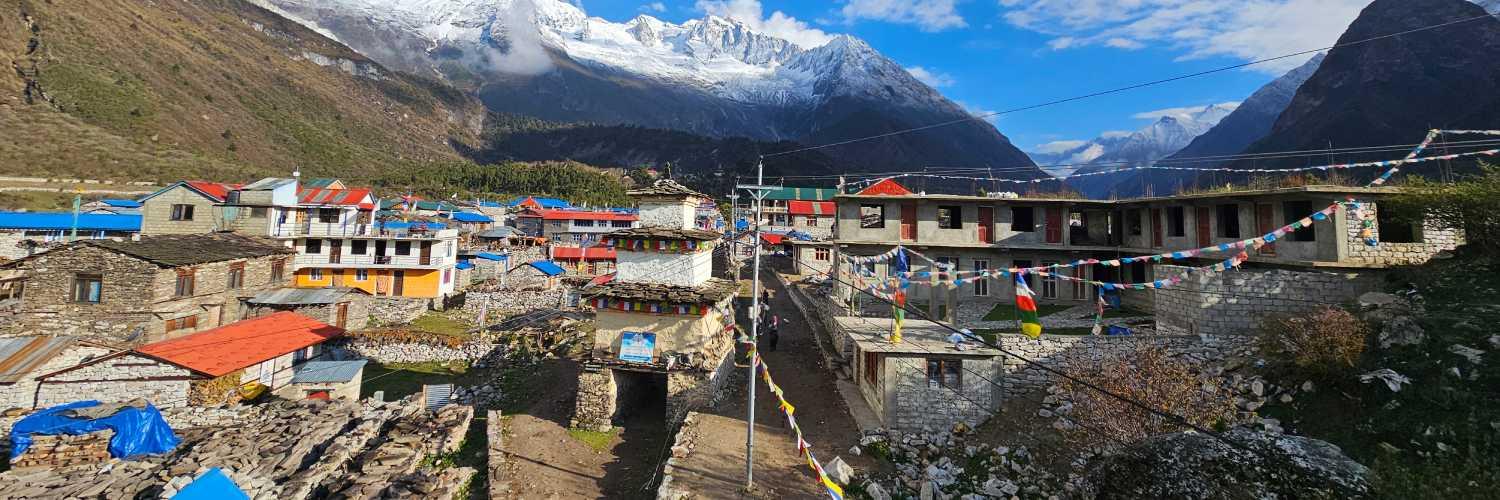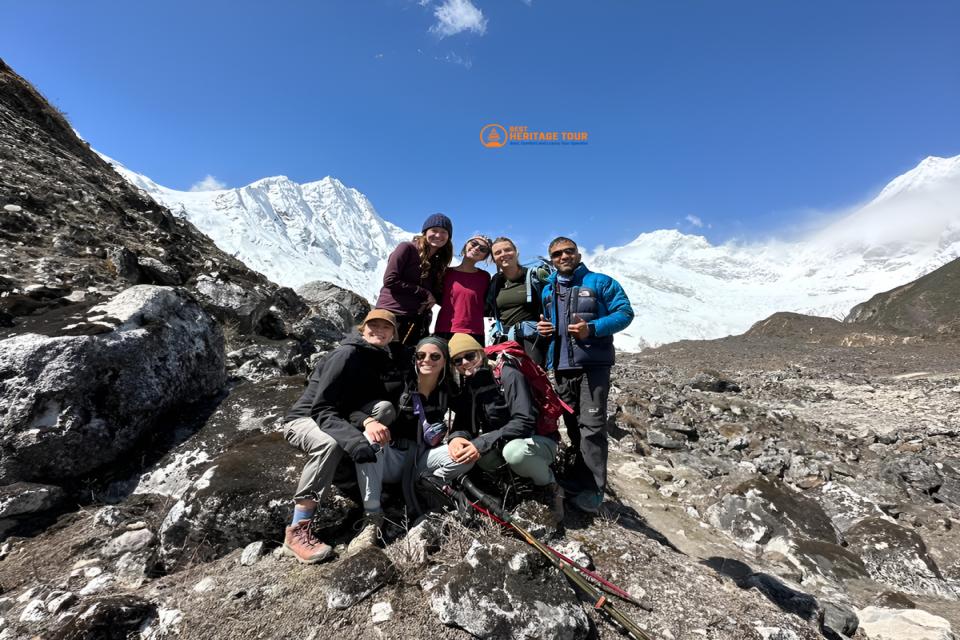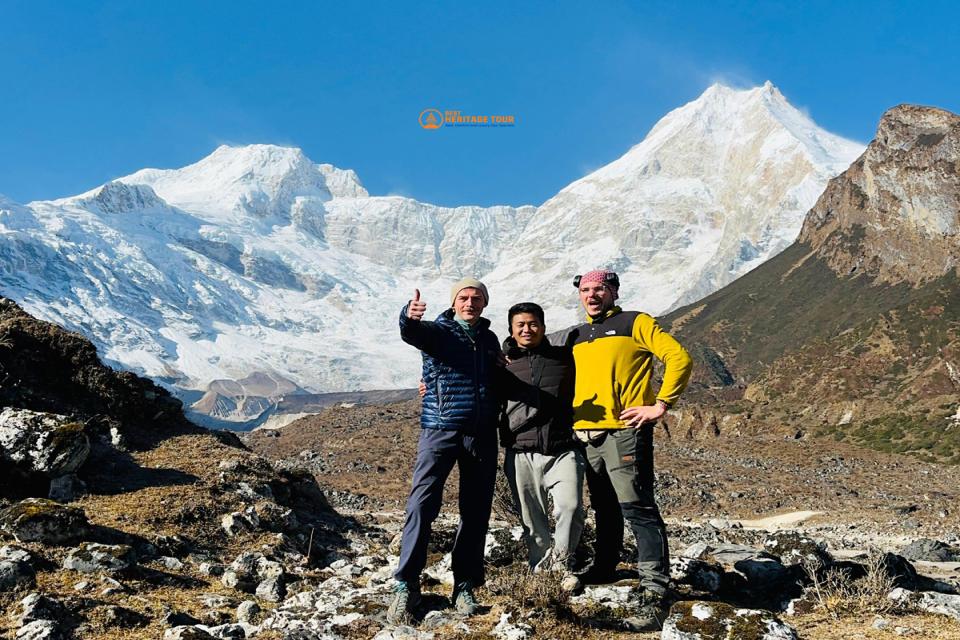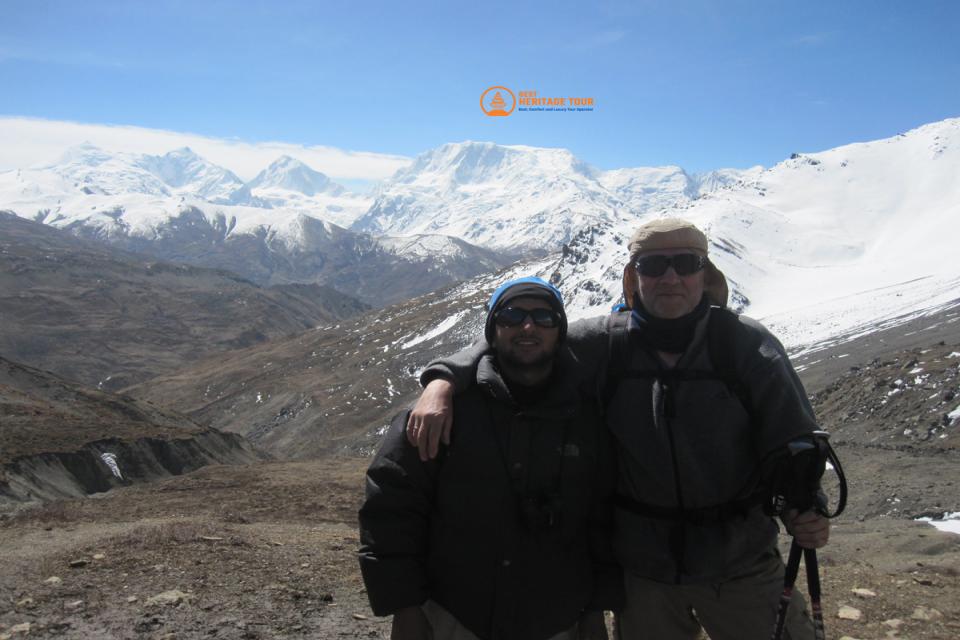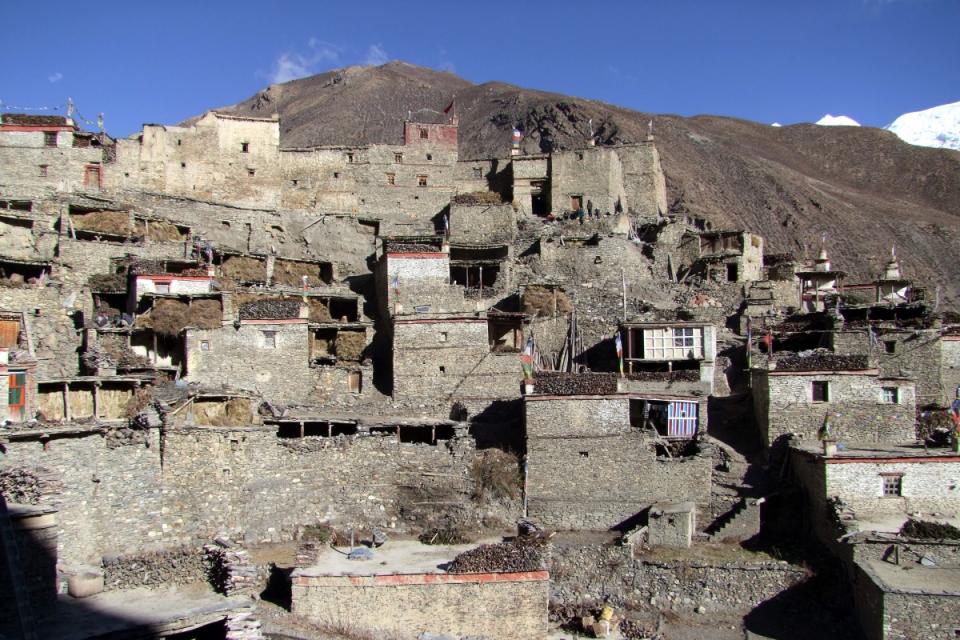Nepal’s Himalayas are more than just towering peaks and breathtaking landscapes - they are home to ancient cultures, timeless traditions, and remote villages that have preserved their way of life for centuries. Among these, the Manaslu Circuit and Nar Phu Valley offer a unique opportunity to experience Himalayan culture in its most authentic form. For trekkers seeking both adventure and cultural immersion, this region provides a journey that is both visually stunning and spiritually enriching.
From the high passes of Manaslu to the secluded valleys of Nar and Phu, travelers encounter communities that live in harmony with nature, following traditions passed down through generations. Best Heritage Tour ensures that this journey is accessible, safe, and culturally enriching, making it a perfect choice for 2026/27 adventurers who want to explore Nepal beyond the usual trekking routes.
Exploring Manaslu’s Cultural Heart
The Manaslu Circuit is not only famous for its dramatic Himalayan vistas but also for its rich cultural tapestry. Villages such as Samagaon, Lho, and Deng reflect the strong influence of Tibetan Buddhism. Here, ancient monasteries, prayer wheels, and brightly colored flags are an everyday part of life.
In these villages, trekkers can witness:
-
Monks performing daily rituals at monasteries
-
Local festivals celebrating harvests, new years, or Buddhist traditions
-
Handcrafted items and local arts reflecting centuries-old skills
Walking through these settlements is like stepping into a living museum. The locals are welcoming and often eager to share their stories, customs, and traditional practices. Every teahouse, courtyard, and village square has a narrative, and travelers who pause to observe gain a deeper understanding of Himalayan culture.
Nar and Phu: Preserving Tibetan Traditions
As trekkers move into the Nar and Phu Valleys, the sense of cultural preservation intensifies. These restricted areas are remote and less visited, which means that traditional ways of life remain largely untouched by tourism.
In Nar Village, trekkers find:
-
Stone houses with wooden frames built in classic Tibetan style
-
Small monasteries serving as community centers for prayer and festivals
-
Farmers and herders working in terraced fields and alpine pastures
Phu Village, perched high in the valley, offers an even more secluded experience. Residents rely on yak herding, small-scale agriculture, and seasonal trade, maintaining a lifestyle that has endured for centuries. Visitors here gain a rare insight into Himalayan resilience, resourcefulness, and community values, as life continues at a slower, deliberate pace that contrasts sharply with modern urban life.
Daily Life in Himalayan Villages
One of the most rewarding aspects of this trek is observing daily life in Himalayan villages. From sunrise to sunset, villagers follow routines shaped by the environment, altitude, and tradition. In Manaslu, mornings might start with prayer flags fluttering in the wind and the rhythmic chants of monks, while afternoons are spent tending fields or gathering firewood.
In Nar and Phu, life revolves around:
-
Yak herding and livestock management
-
Preparing traditional meals like buckwheat pancakes, dal bhat, and local butter tea
-
Crafting tools, utensils, and textiles using age-old techniques
These routines may seem simple, but they reflect a deep connection to the land and culture. For trekkers, participating or even observing these daily practices provides an immersive cultural education that cannot be experienced elsewhere.
Festivals and Spiritual Life
Culture on the Manaslu-Nar Phu Trek is not limited to architecture and daily routines. Festivals and spiritual life are integral to the communities. Tibetan Buddhist festivals, seasonal celebrations, and monastery rituals offer travelers an opportunity to witness vibrant ceremonies, masked dances, and collective prayers.
The experience is heightened by the backdrop of majestic mountains and quiet valleys, making spiritual observances feel deeply connected to the natural world. Trekkers often leave these villages with more than photographs—they carry an understanding of Himalayan spirituality, resilience, and communal life.
The Architecture and Village Layout
Himalayan villages along this trek are carefully designed to withstand harsh weather and high altitudes. Most houses are built of stone and wood, with flat roofs for snow accumulation and thick walls for insulation. Courtyards serve as social spaces and areas for drying crops, while monasteries often occupy central positions, reflecting the spiritual focus of the community.
Walking through these villages, trekkers can notice subtle variations:
-
Decorative wood carvings around windows and doors
-
Prayer wheels and stupas integrated into homes and village paths
-
Stone walls and terraces adapting to steep terrain
These architectural details are not just functional; they are expressions of cultural identity and artistic tradition, offering insights into how communities have adapted to the Himalayan environment over centuries.
Interaction with Local Communities
One of the greatest rewards of the Manaslu-Nar Phu Trek is the opportunity to interact directly with local people. While trekking, travelers often share meals, tea, or stories with villagers. Guides from Best Heritage Tour enhance these experiences by explaining customs, local history, and religious practices, ensuring that interactions are respectful, meaningful, and enriching.
These interactions often leave trekkers with lasting memories:
-
Joining villagers in traditional dances during festivals
-
Learning basic Tibetan greetings and local phrases
-
Observing artisans at work crafting tools, textiles, or religious items
Such experiences transform the trek from a purely scenic journey into a deep cultural immersion.
The Blend of Nature and Culture
What makes the Manaslu-Nar Phu trek unique is the perfect blend of culture and natural beauty. Villages are nestled in valleys surrounded by snow-capped peaks, glacial rivers, and lush forests. The landscape itself shapes culture: farming techniques, architecture, and daily routines are all adapted to altitude, climate, and terrain.
Travelers experience this integration at every stage, from terraced fields in lower valleys to yak pastures in high alpine zones. The combination of scenic vistas and vibrant village life creates a holistic trekking experience that nourishes both body and spirit.
Why Trekking With Best Heritage Tour Enhances Cultural Experience
Navigating remote villages and understanding cultural nuances requires local expertise. Best Heritage Tour specializes in creating trekking experiences that combine adventure, comfort, and cultural immersion. Experienced guides:
-
Facilitate meaningful interactions with locals
-
Explain the significance of monasteries, rituals, and festivals
-
Ensure that travelers follow respectful cultural practices
With Best Heritage Tour, trekkers can focus on soaking in the culture, while logistics like permits, accommodations, and emergency support are expertly handled. This allows for a safe, immersive, and enriching experience.
Conclusion: Immerse Yourself in Himalayan Culture
The Manaslu-Nar Phu Trek is not just about high passes or mountain vistas - it is about experiencing life as it has been for centuries in the remote Himalayas. From vibrant Manaslu villages to the secluded communities of Nar and Phu, this trek offers a journey into culture, spirituality, and tradition that few other treks can provide.
For travelers in 2026/27 seeking adventure with cultural depth, the best way to explore these hidden treasures is with Best Heritage Tour. Their expertise, guidance, and support ensure a journey that is safe, seamless, and deeply meaningful.
Book Your Cultural Himalayan Adventure Today:
Phone: +977-9851149197 / +977-9810043046
Email: info@bestheritagetour.com / bestheritagetour@gmail.com
Website: www.bestheritagetour.com
Office Location: Thamel Marg, Kathmandu, Nepal
Step into a world where every village, every monastery, and every mountain tells a story and immerse yourself fully in Nepal’s Himalayan culture.
Author: Best Heritage Tour
Date: 18th August, 2025

